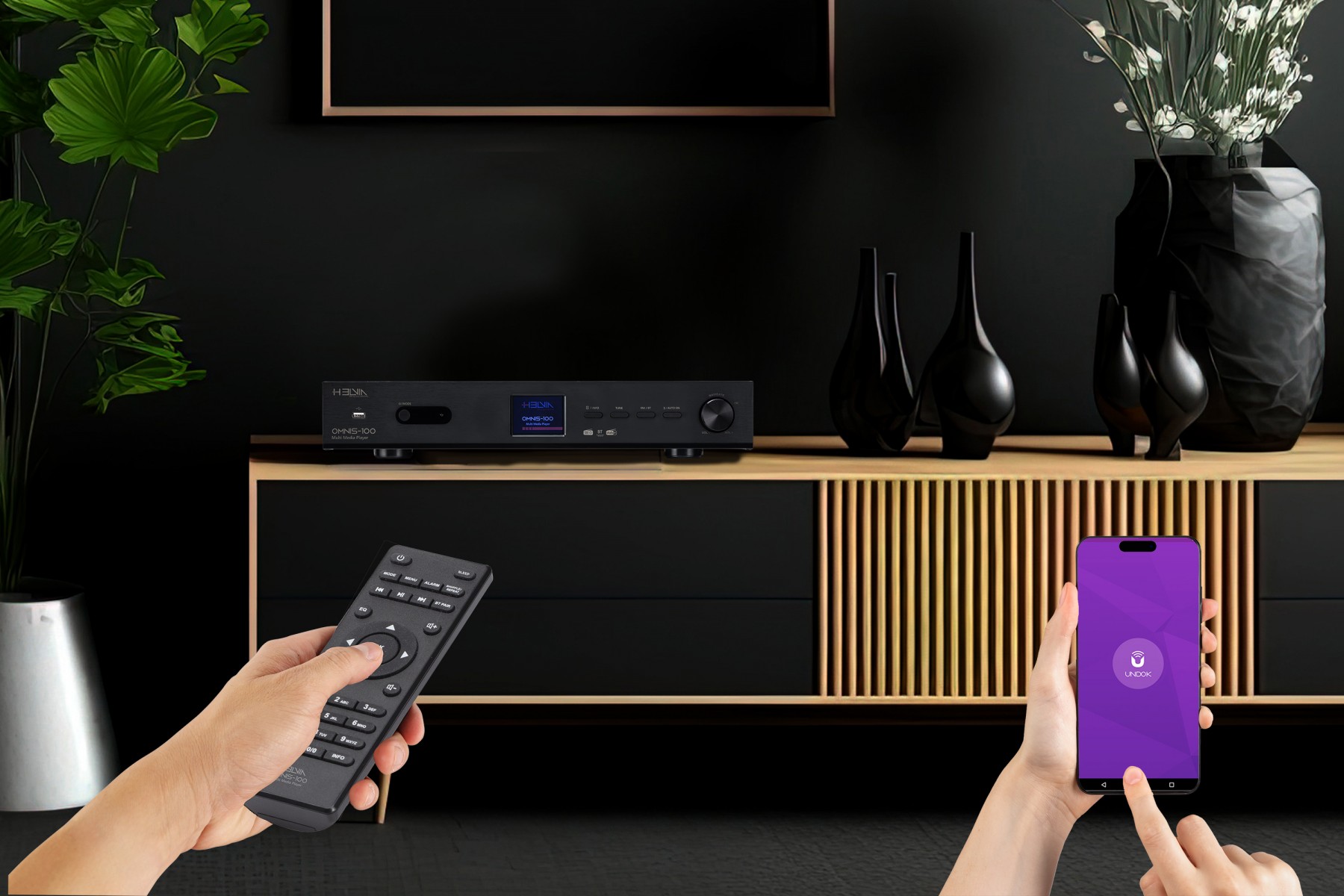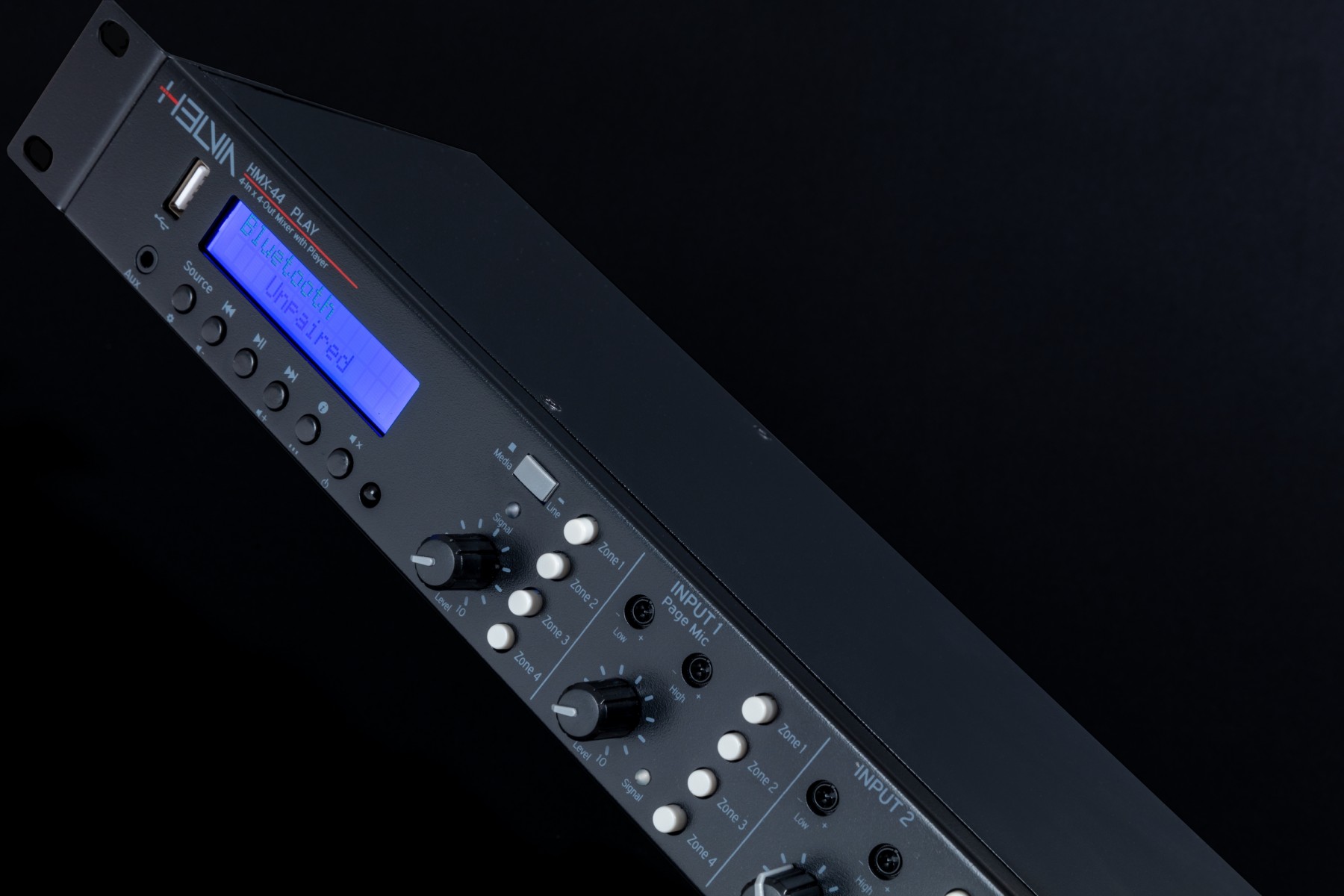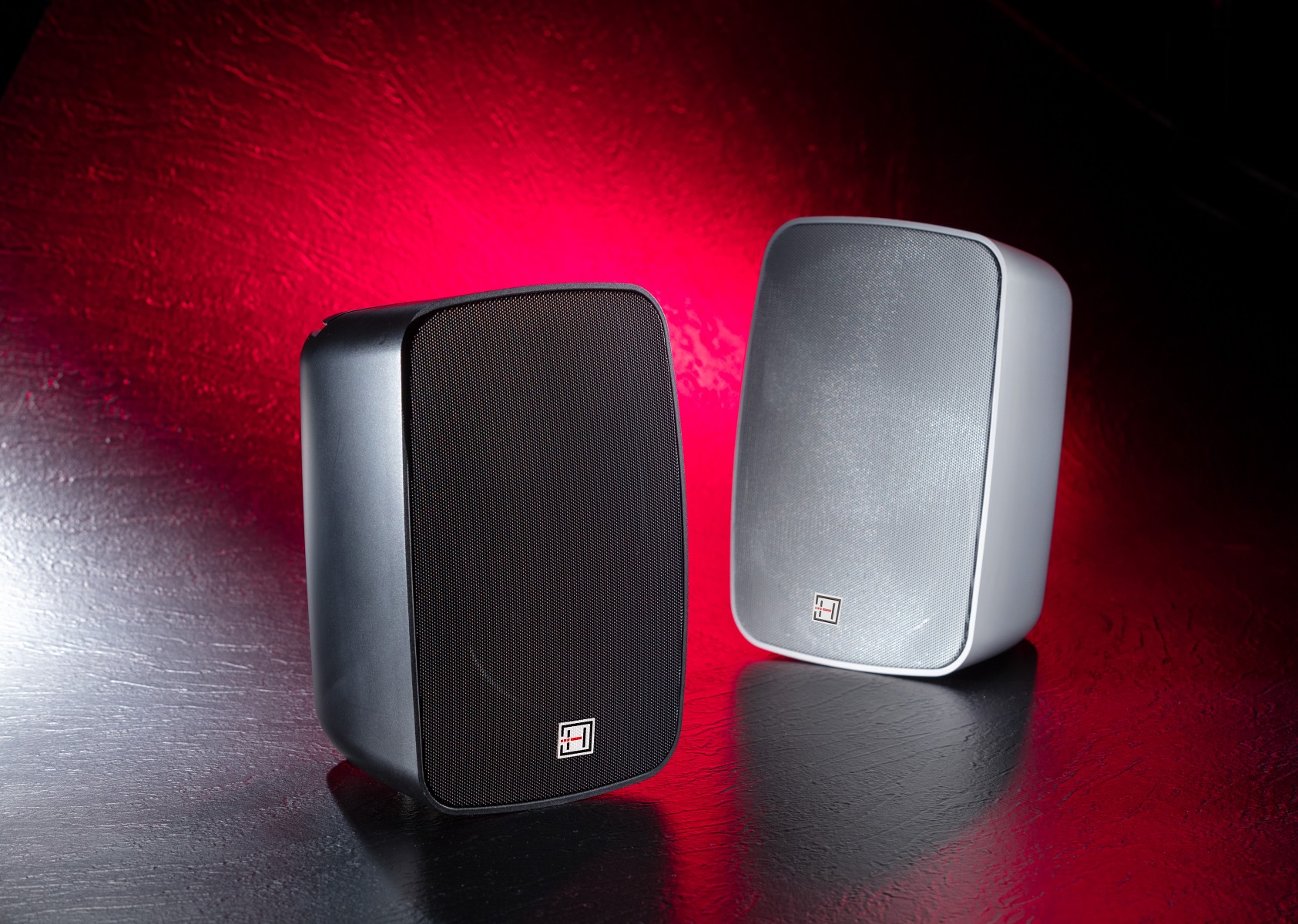Audio installations for background music, messages and spoken language: let's summarise.


How often have we entered a shop, a shopping centre or a restaurant and been greeted by pleasant background music?
Well, before we get into the technical details (without going overboard, at least in this article), let's focus on the adjectives "decent" and "pleasant". These are fundamental to good sound reproduction, and therefore to an effective sound system. If they were not present, the result would be poor and the effect would be counterproductive. Let's consider them one by one.
When approaching the design and implementation of a sound system for a venue, whether it is a shop, restaurant, convention centre, hotel or shopping centre, it is essential to gather information about the venue, the activities planned and an estimate of the spaces to be covered. Areas are defined and you should draw up a list of products and technologies to be used.
Signal distribution (matrices)
Once the rooms to be covered have been decided and a detailed loudspeaker scheme, including choice of amplifier placement, has been drawn up, the next step is to design the signal distribution. Different areas have different requirements for the sound programme and volume, so the ability to receive different signals at any one time is necessary to ensure flexibility and functionality. Signal matrices (Audio Matrices) play a pivotal role here.
These electronic devices allow different sources (whether audio, video or mixed) to be routed to different destinations and act as the 'core' of the system. A practical example is OMNIS-100 Multi Player from Helvia, a rack module that incorporates technologies for remote connection via wireless networking and Bluetooth, in addition to the physical connections provided by USB, LAN, RCA, optical and coaxial audio ports.

Also from Helvia, the HMX-44 Matrix is another device of great simplicity and effectiveness, capable of receiving 4 input signals and transmitting 4 output signals.
Once the matrix has been chosen, we move on to the actual distribution of the signal, which is usually done via copper cables. Let's now enter the "magical" world of 100 volts.

100 Volts!
Why do we often hear about 100 volts in commercial audio installations? This choice involves converting the audio signal into a signal of up to 100 volts, which is then reduced to a low voltage inside the loudspeaker and converted into sound waves.
The main advantages are the reduction of signal loss over long distances thanks to the low impedance and the possibility of using cables with a reduced cross-section, which makes installation easier and reduces wiring costs. The constant voltage also allows a large number of loudspeakers to be connected to the same line without worrying about impedance variations and without significant loss of audio quality.
However, as you might expect, there are also disadvantages to this technology, mainly in terms of overall sound quality, especially when a real audio programme has to be transmitted in stereo, and the reduced power that this system can handle.
Speakers
Once the matrix has been selected and installed, the sources wired or wireless, and the system wired, it is time to select the loudspeakers. For broadcast music, which does not have any particular low-pressure requirements, it is advisable to use smaller loudspeakers, placed at a reasonable distance from each other, and driving the signal at 100 volts. On the other hand, if it is necessary to reproduce a more powerful music programme with low-frequency presence, larger and more powerful speakers (woofers) should be used, with various options such as the use of high-impedance speakers. The choice depends on the customer's requirements.
From the flush-mount Onda and Gala ranges, which are easy to install and feature attractive finishes and materials, to the more powerful Deko and the all-new (and powerful) Liveo, the Helvia catalogue offers a wide choice of speaker solutions.

Intelligibility
Another little insight, at the bottom of everything we have said in this article, is surely to be devoted to the concept of intelligibility.
Intelligibility refers to broadcast speech and is obviously related to the ease or otherwise of understanding what is being said and broadcast.
Unfortunately, this is one of the most critical aspects of a broadcast system, precisely because it is not uncommon in a large or small environment to be unable to distinguish speech well and consequently to ignore the message. Intelligibility is so important that it is not measured by "feeling" but by real and scientifically codified parameters.
In general, the intelligibility index refers to the measure of the effectiveness with which a speech message can be understood by a listener, and the most widely used and well-known parameter is undoubtedly the STI, Speech Transmission Index.
The STI measures the quality of speech transmission by an electronic communication system. The index ranges from 0 to 1, with 1 indicating high intelligibility and 0 indicating no intelligibility.
Several strategies are often used to improve intelligibility, such as the use of high quality microphones, appropriate loudspeakers, but even before that, noise reduction techniques and optimisation of the room acoustics.
Again, the instruments used and the acoustic treatment of the venue are two equally important aspects.

